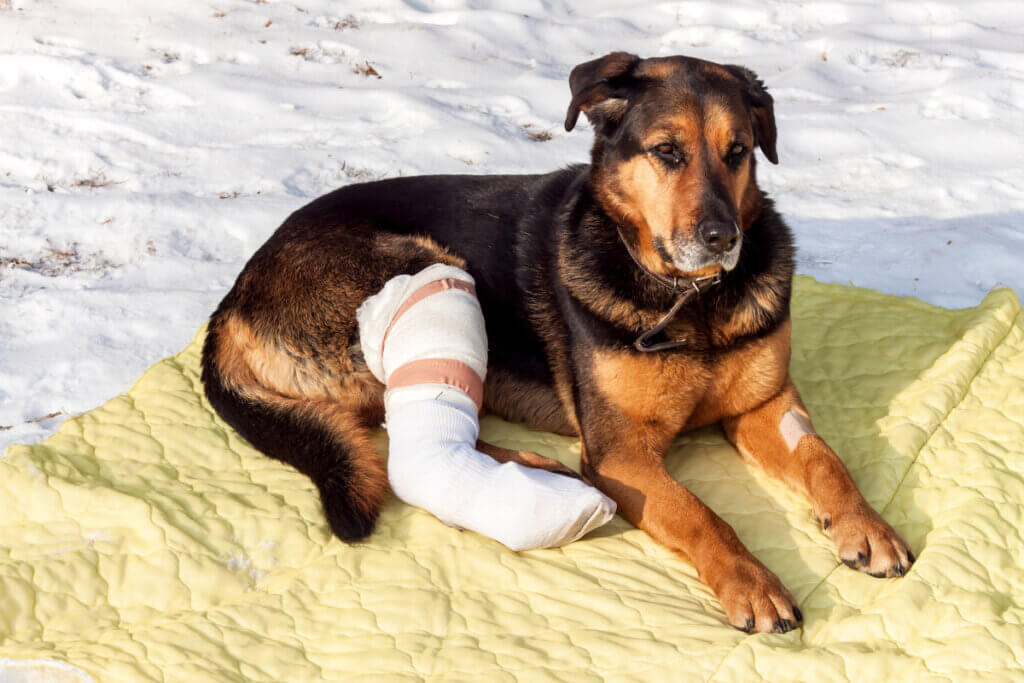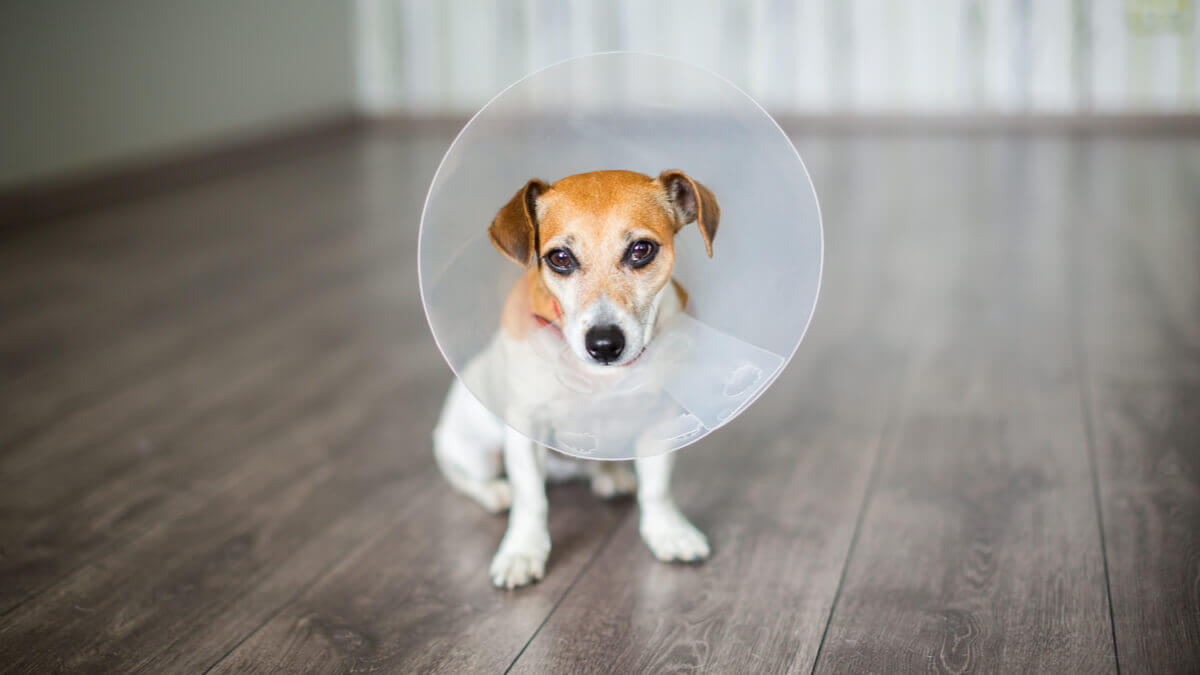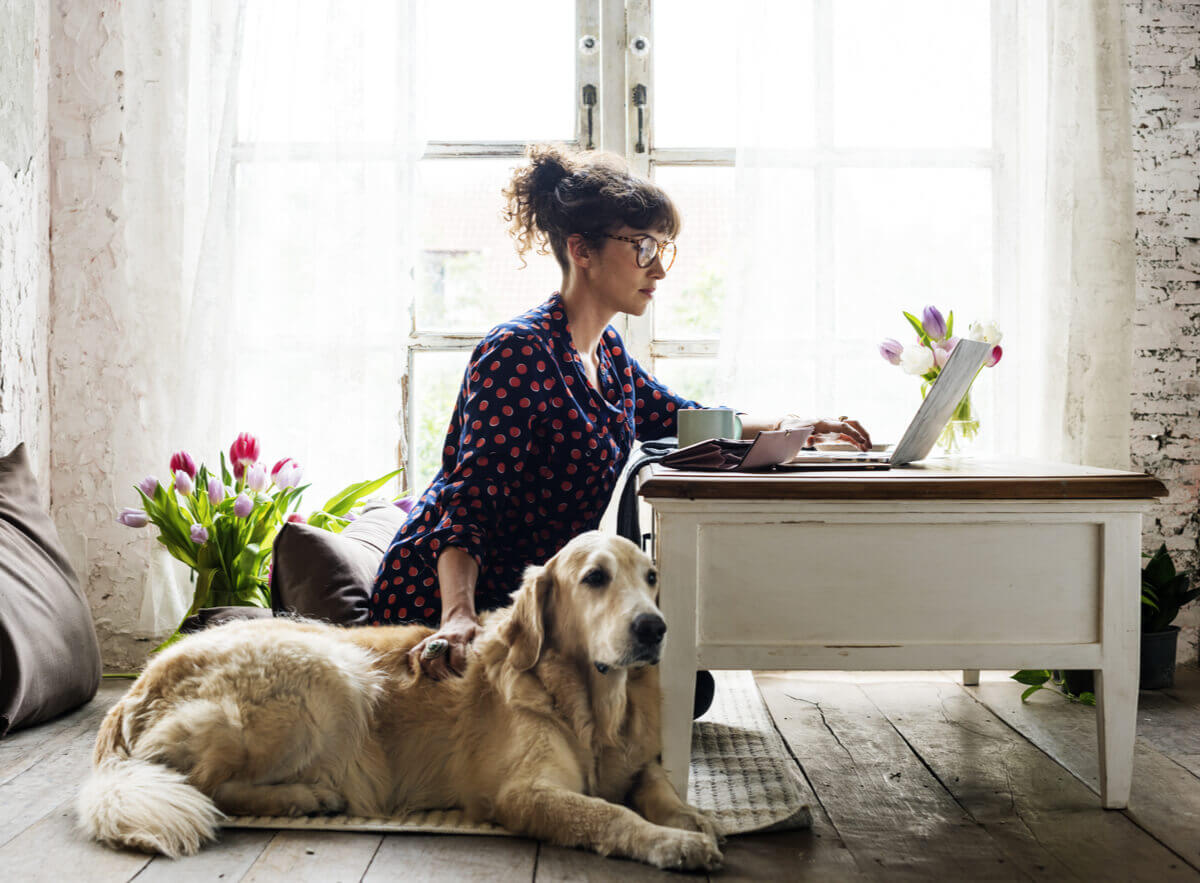How to Look After Your Pet After Their Surgery

A very common question that you may have as a pet owner is: how to look after your pet after their surgery? Like humans, animals can potentially feel very uncomfortable after a surgical operation.
In addition to not understanding what happened, they can also become frustrated by not being able to perform the same activities they did every day. Therefore, it’s a good idea to follow a series of guidelines, detailed below, to make their recovery easier.
Learn how to care for your pet after surgery
As you know, veterinarians will provide the best guidelines and indications for your pet’s care after the operation. These guidelines allow you to monitor the animal’s progress, although they can vary according to the pet and the operation. Here are a few:
First and foremost, comfort
One thing is for sure: the pet has to feel as comfortable as possible after the operation. To achieve this, you can move their bed to their favorite corner of the house or where the temperature of the environment is acclimated, for example.
We also advise keeping children away to avoid stressing the animal. Another important aspect is to always administer the medicines provided by the veterinarian at the time indicated by them.
How to properly check on their wounds
Normally, the post-surgery period lasts about 10 to 14 days. During this time, you need to make sure you keep the pet’s wound clean and dry. This, in turn, implies that the bandages must be checked several times a day.
Also, when cleaning the wound, an antiseptic must be used, which is usually recommended by the veterinarian. In addition, cleaning and disinfecting can be done two or three times a day, depending on the wound’s recovery and progress.
When checking on the bandages and changing them, we suggest that you pay attention to the wound’s condition. Any signs of infection, excessive inflammation, or secretions should be reported immediately to the veterinarian.

How to prevent the pet from touching the stitches?
It’s very common for the animal to try to remove the stitches. You may observe that your pet will try to scratch or lick the wound area, which is dangerous, as it promotes the risk of infection.
A factor that concerns owners is how to prevent the pet from trying to remove its stitches. As a result, the market offers solutions such as bitter-tasting sprays or the use of recovery collars.
The Elizabethan collar is named for its similar shape to a collar worn by Elizabeth I of England. This collar prevents the animal from touching its wounds and is easy to put on and take off. In addition, if the pet spends a few days with the collar, it can drink, eat and even sleep with it.
However, even it reduces their mobility, it avoids you having to use sprays or other alternatives for the wound.
Water and food
Although it’s likely that the first night after surgery the animal will prefer not to eat, this may not always be the case. If you happen to notice that your pet is looking for food, you may offer it a small amount.
This is because it may not feel well and will end up vomiting it. However, the veterinarian usually indicates what steps should be taken regarding their food, both what they can eat and if eating should be avoided.
Also, fresh and clean water should always be available. Especially if the vet recommends restricting its diet for a few days.
What about exercise?
Normally, we would advise that the animal rests for at least the first few days after the operation. It’s also true that it will depend on the type of operation they went through. Nevertheless, we suggest that you restrict them from excessive movements such as jumping or climbing stairs. This can be a little complicated, especially in dogs that are normally very energetic and active.
Even though it’s not easy, it’s the best option to prevent them from getting hurt. However, it’s always best to consult a professional, who’ll know the best options for an optimal recovery.
What behavior should you watch out for?
Sometimes, your pet may behave strangely after surgery. You should pay special attention to the following:
- Excessive sleepiness (especially after 24 hours)
- Vomiting
- Severe redness around the wound area
- Bleeding in the wound area or discharges
- Strong odors from the bandages covering the wound
- Lumps or significant swelling in the wound area

In conclusion, the post-surgery process is complicated, both for the pet itself and for its owners. Nevertheless, if you follow some of these guidelines, you’ll make sure you’re looking after your pet perfectly to ensure a speedy recovery.
It’s important to emphasize that these are merely guidelines and that it’s always a good idea to look for specialized attention. Especially in the case that any questions may arise, we should ask a professional in order to keep our pet in the best condition possible.
All cited sources were thoroughly reviewed by our team to ensure their quality, reliability, currency, and validity. The bibliography of this article was considered reliable and of academic or scientific accuracy.
-
Caring for your pet after surgery [Internet]. Greencross Vets. [citado 18 de julio de 2020]. Disponible en: https://www.greencrossvets.com.au/services/surgical-procedures-aspx/services-after-surgery-care-aspx/
-
How to Care for your Dog after Surgery [Internet]. Animal Trust. 2019 [citado 19 de julio de 2020]. Disponible en: https://www.animaltrust.org.uk/blog/how-to-care-for-your-dog-after-surgery/